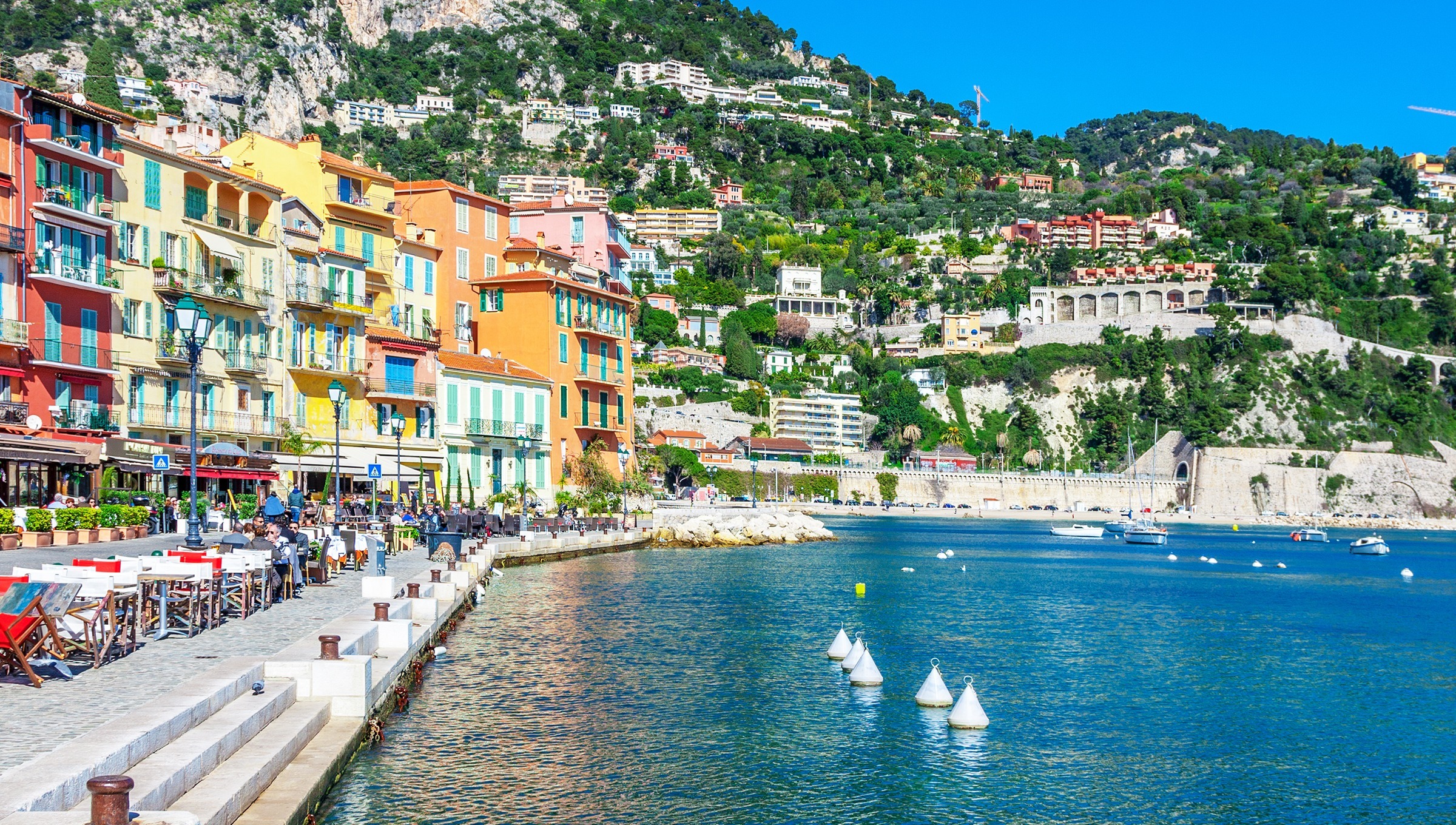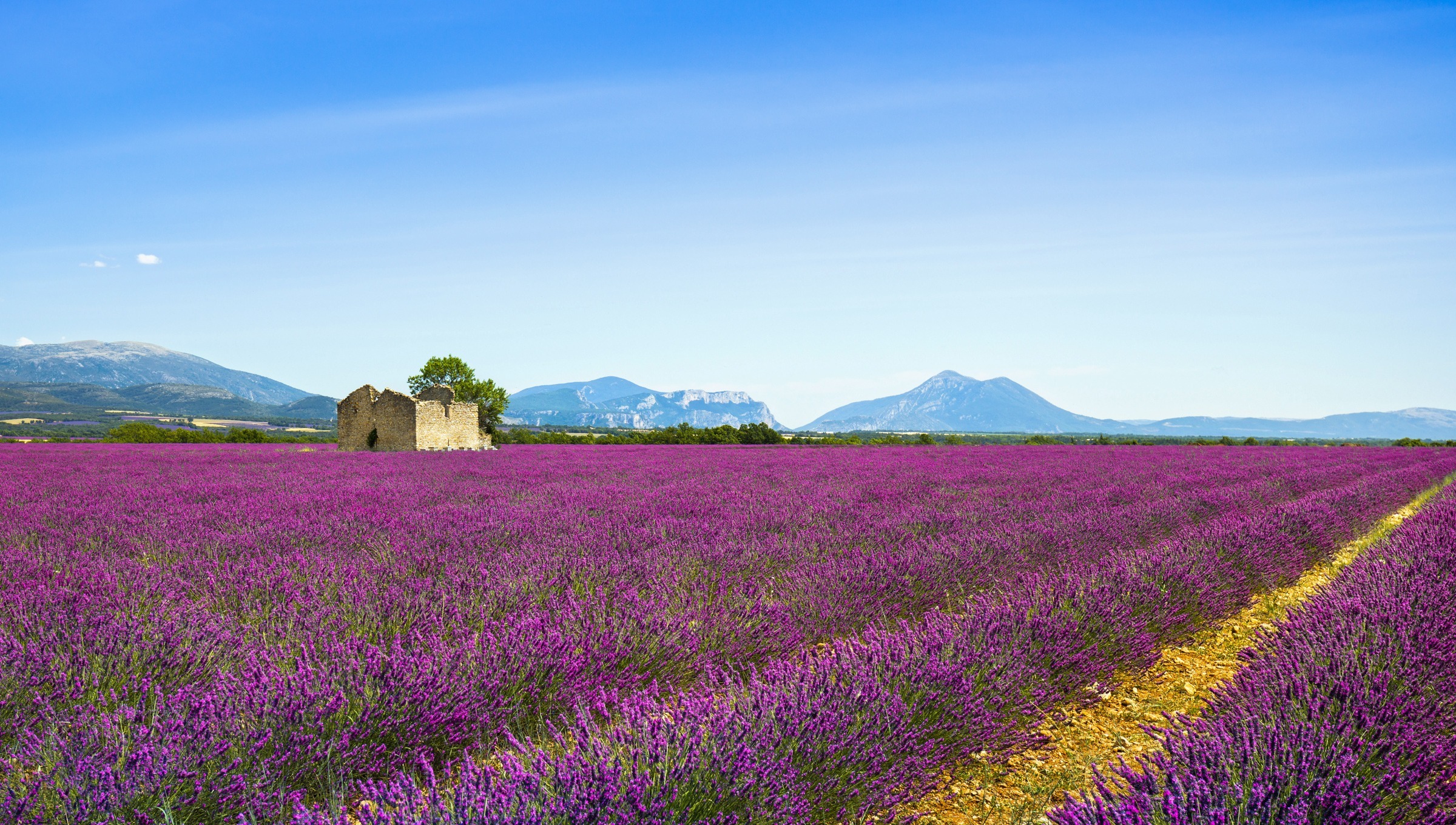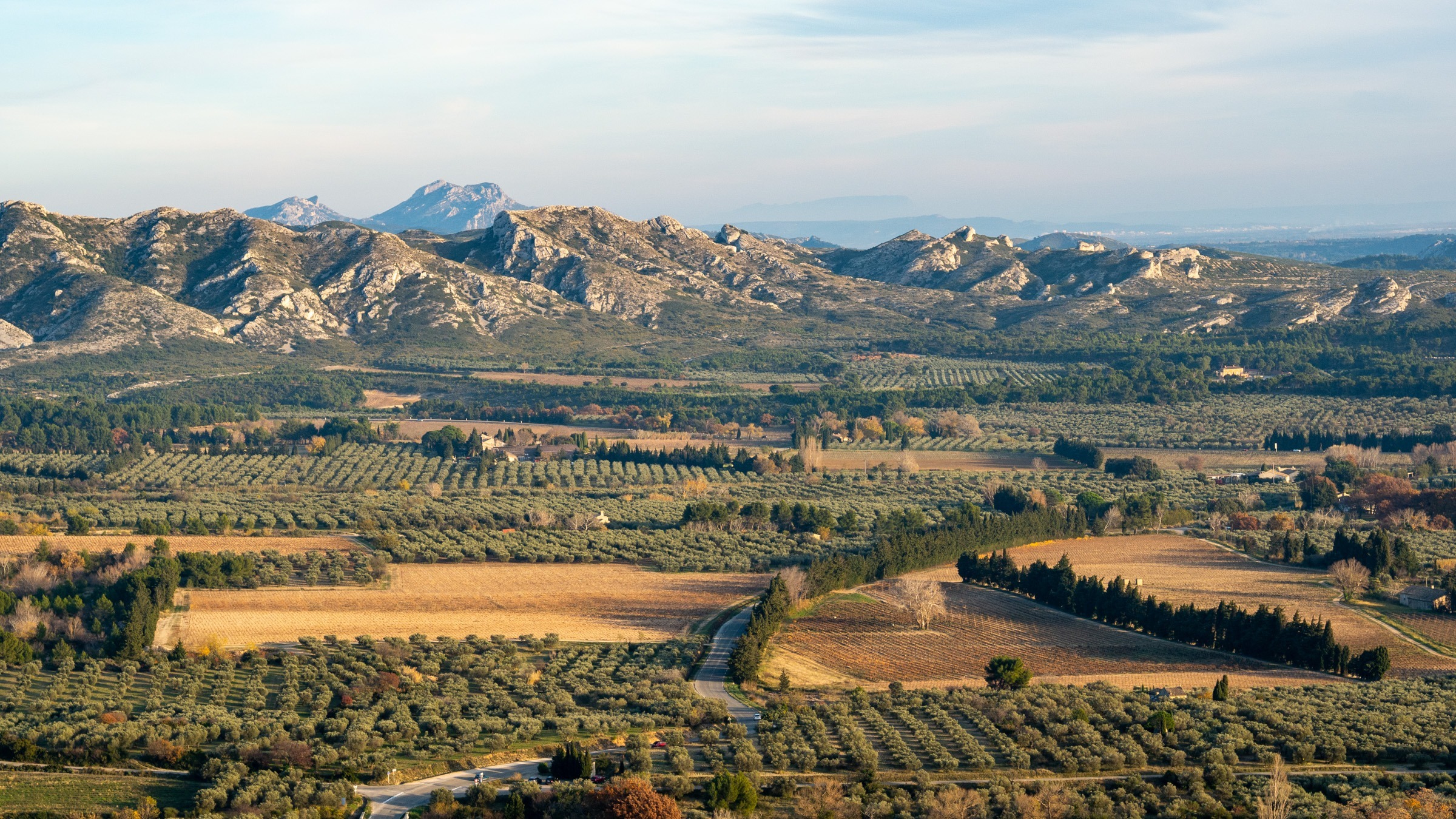For a winter getaway filled with sunshine, a trip to Nice and the surrounding areas is a great option. Travelers have a chance to experience the Côte d’Azur without an abundance of tourists. French Side Travel’s co-founder Mark Bonte recently spent time in the area following the ILTM Cannes conference and shared his findings with the team.
A Winter Getaway to Nice
16 December 2021 - Reading Time: 4 minutes




